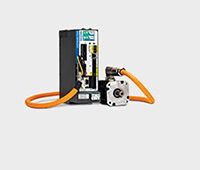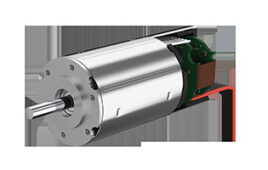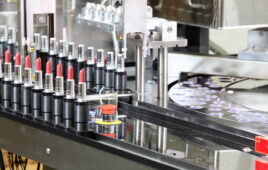Scraping an icy windshield can be a seasonal struggle for those that live in colder climates. But engineers from UBC’s Okanagan campus are aiming to ease that winter frustration with a new surface coating that can shed ice from large areas using little effort.
The new anti-ice coating is a new class of surfaces called low interfacial toughness (LIT) materials and were developed by UBC Okanagan researchers in a new study published this week in the journal Science.
“For those experienced in the early morning windshield scrape, it should come as no surprise that it normally takes quite a lot of force to remove large areas of ice,” explains Kevin Golovin, assistant professor at the UBCO School of Engineering and study lead author. “That’s not the case with LIT materials. Imagine simply brushing the ice away or letting it sliding off the windshield from its own weight–that’s how effective LIT materials can be.”
According to Golovin, the development of this new class of materials is changing the way scientists understand ice adhesion.
“We’re disproving the last 80 years of thinking about how to lower ice adhesion. Lowering toughness had never been explored as an effective de-icing strategy.”
Golovin says LIT materials work by causing cracks to form easily beneath the ice, allowing it to readily dislodge. He compares the effect to a string of dominos.
“If designed correctly, the force to knock down a single domino is enough to topple them all–adding more dominoes doesn’t require you to push any harder,” says Golovin. “It’s the same with LIT materials. Once you form a crack it can de-ice the entire interface, whether it’s the length of a windshield, an airplane wing or a turbine blade.”
Golovin says LIT materials can be fabricated from commonplace paints and plastics but possess superior performance against state-of-the-art anti-icing materials in different applications like the de-icing of power lines, aviation wings and even in complex shapes like ice cube trays.
“Ice buildup has adverse effects on a range of commercial and residential activities, from downed power lines to air travel delays to scraping one’s windshield,” says Golovin. “This development is definitely a game-changer.”
Filed Under: Materials • advanced, MOTION CONTROL




